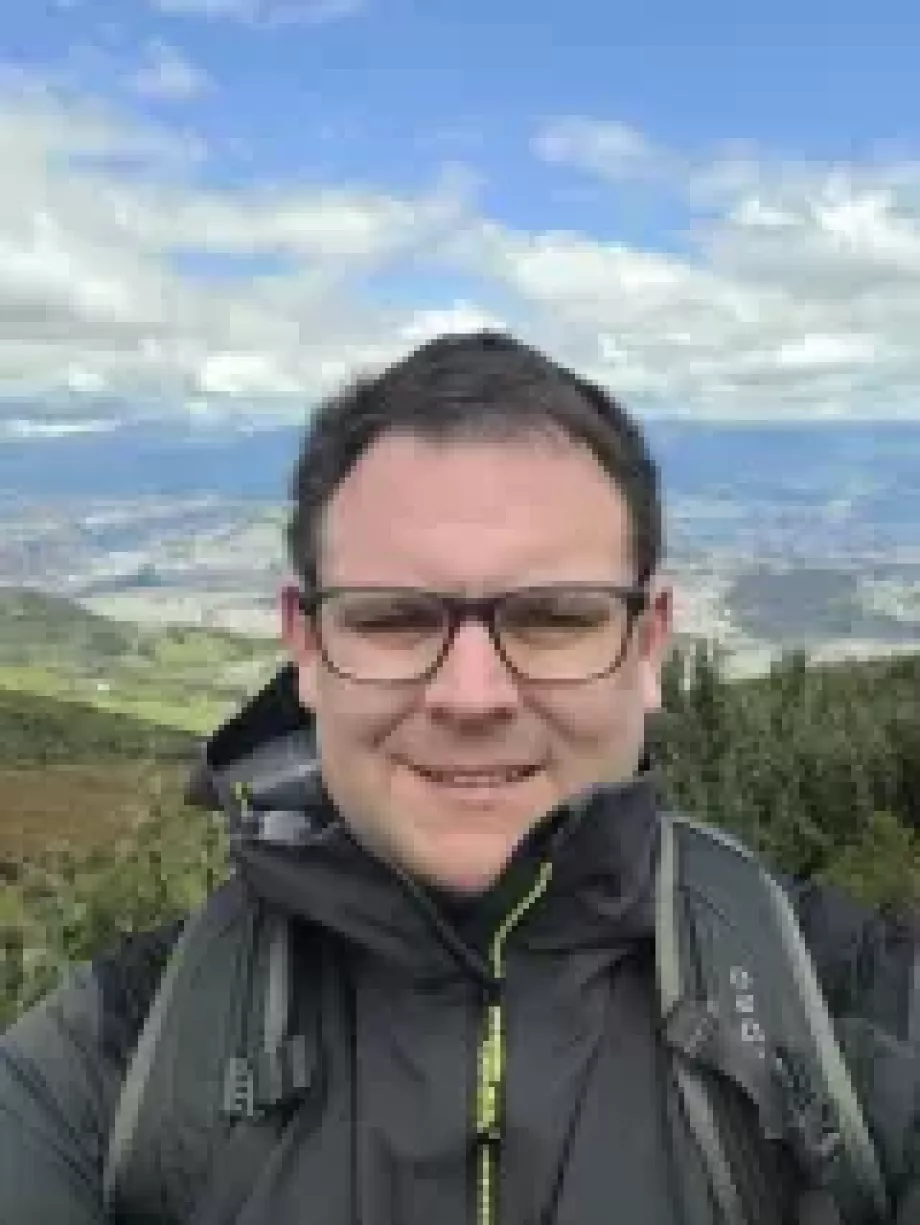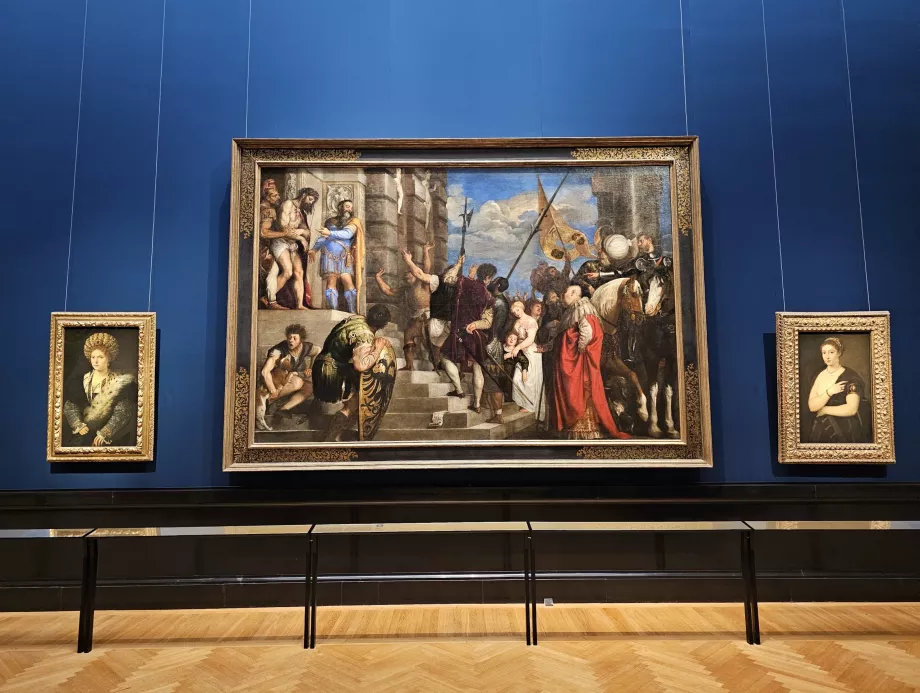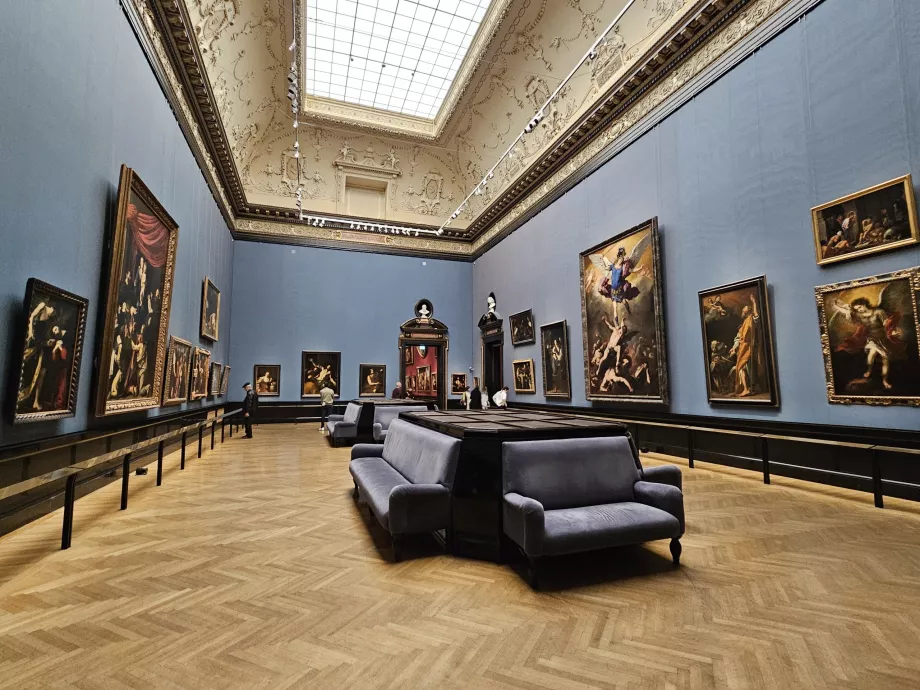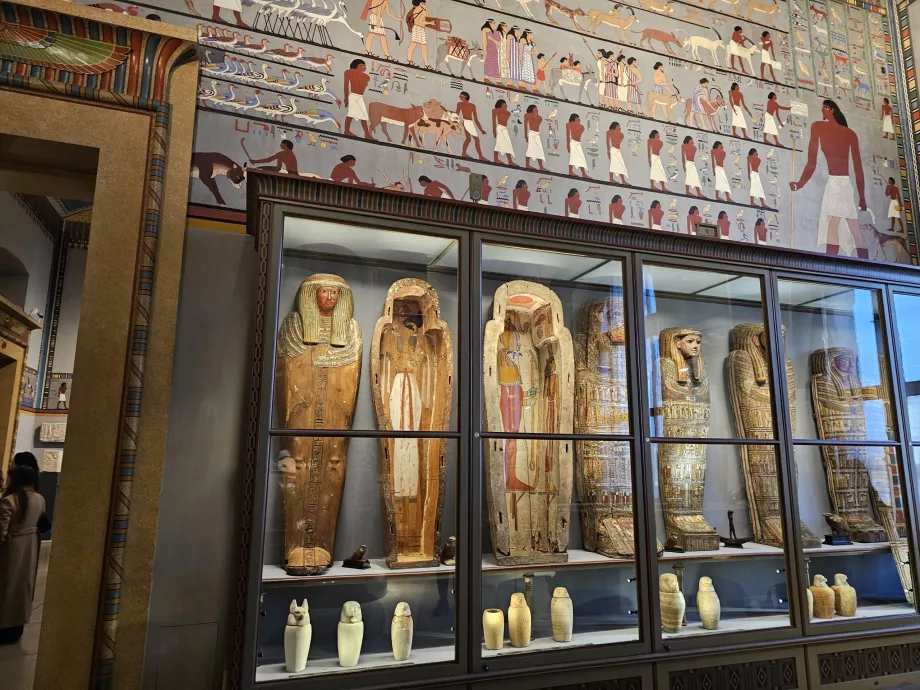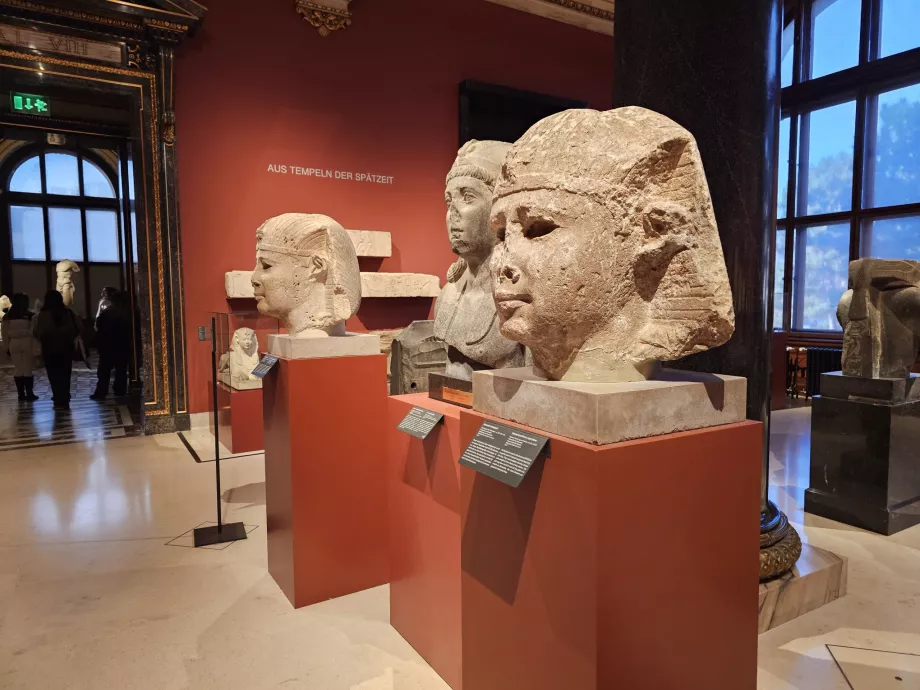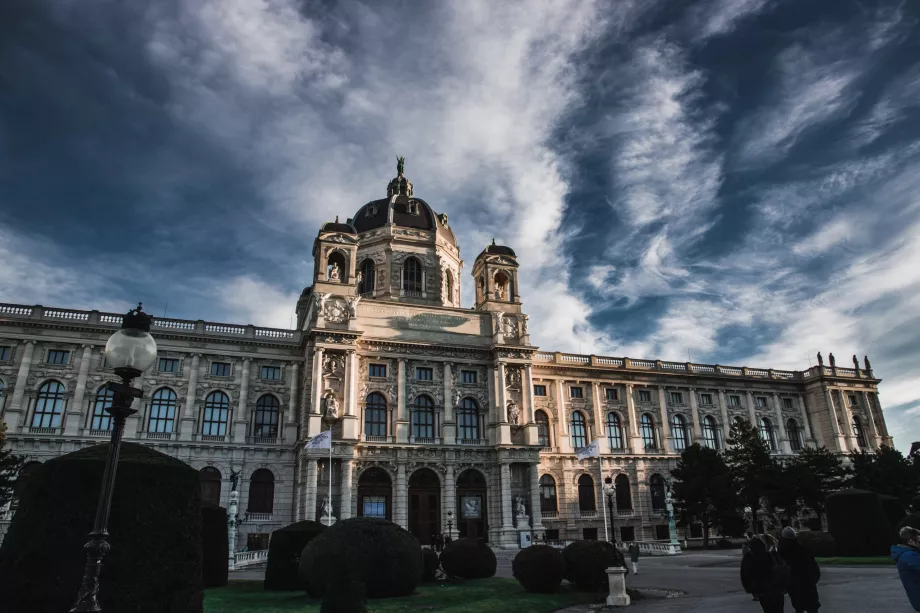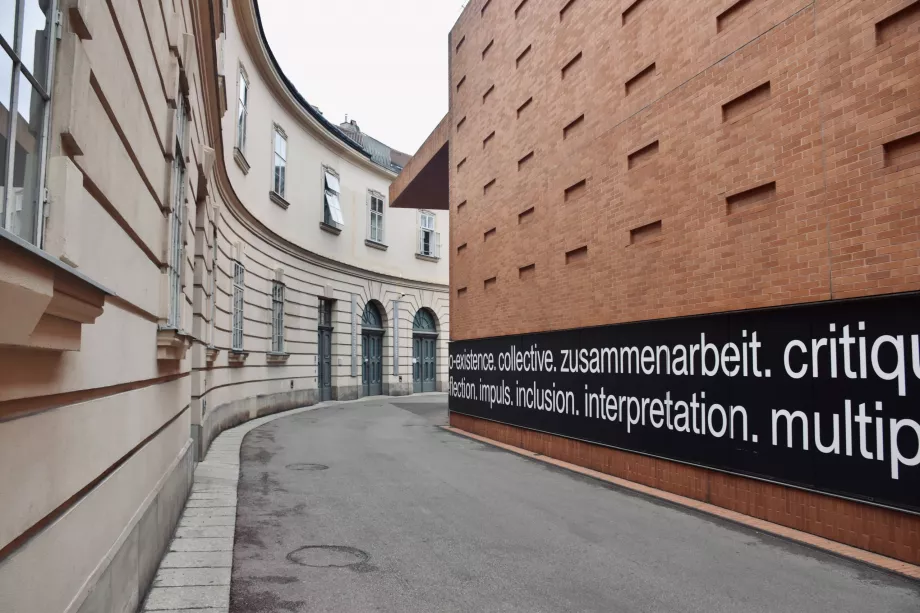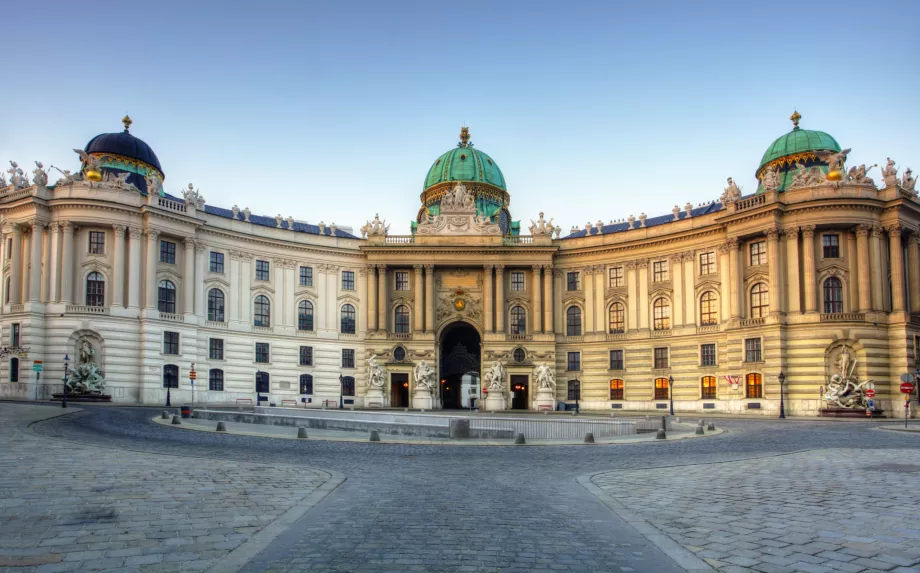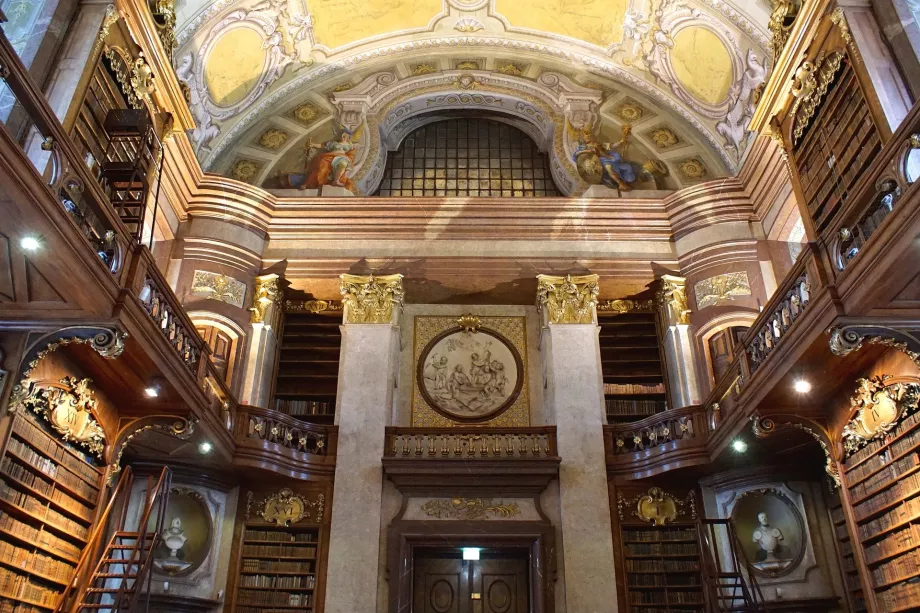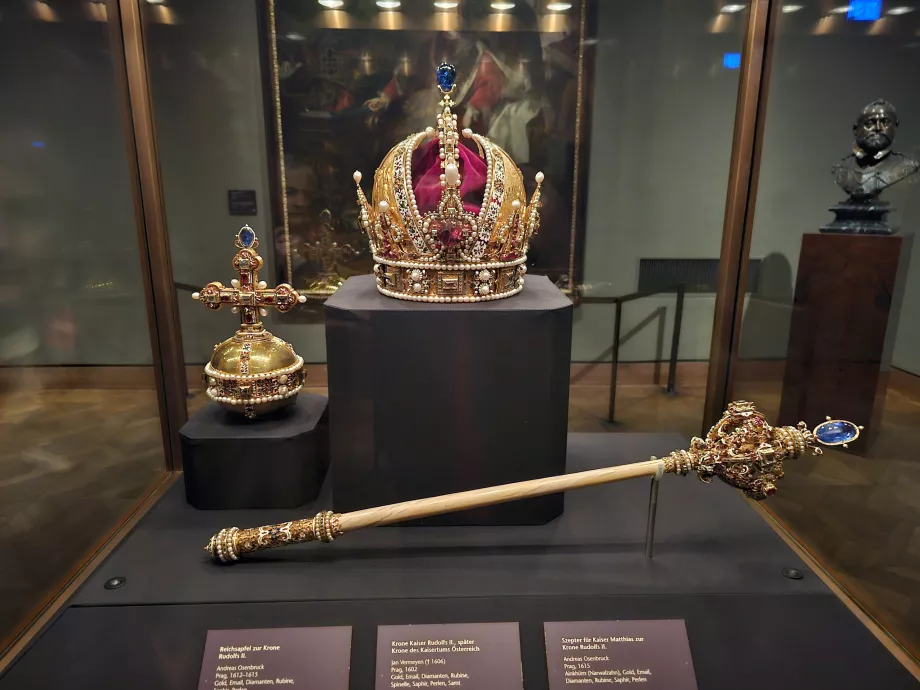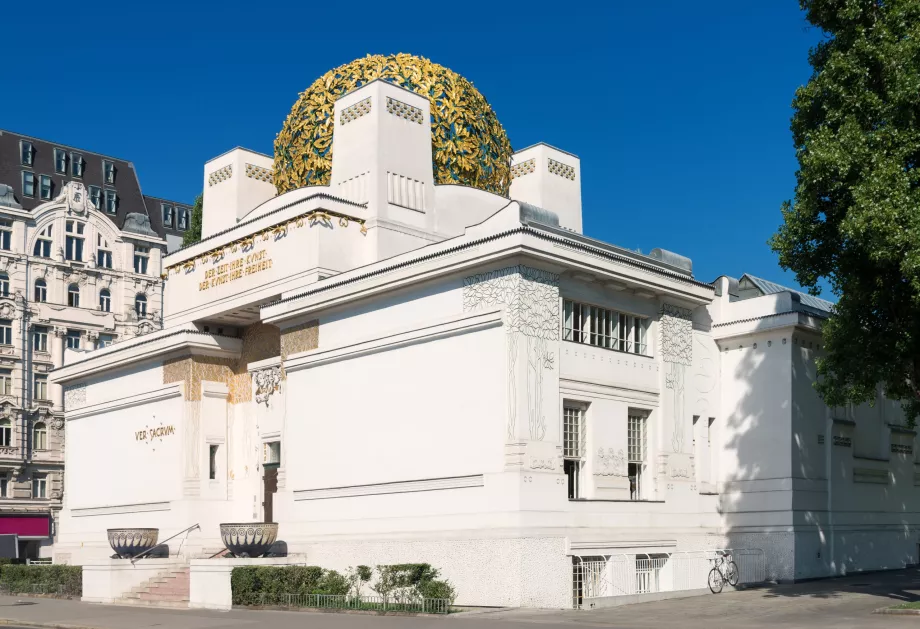Art History Museum
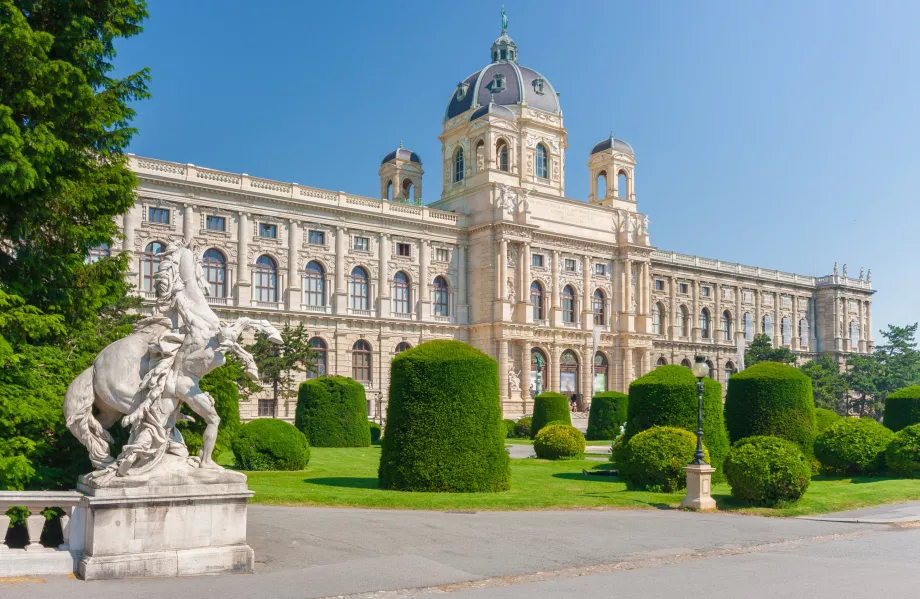
The Kunsthistorisches Museum (KHM) in Vienna is one of the largest and most important of its kind in Europe.
Its extensive art collections are rivalled only by the world's greatest museums. The works here cover a vast period from ancient Egypt, Greece and Rome to the Baroque period.
Museum collections
The most striking part of the museum is clearly the picture gallery, concentrating key works of Western European art history. The collection was gradually built up by members of the Habsburg family, with the majority of the works in the local picture gallery dating from the 16th to 18th centuries. It would be pointless to list all the local artists, but let us take a look at the most important works:
- Pieter Brueghel - The Wrestling of Shrovetide with Lent, The Building of the Tower of Babel, The Peasant Wedding, The Conversion of St. Paul, The Hunters in the Snow and many others.
- Caravaggio - Madonna of the Rosary
- Albrecht Dürer - Portrait of a young Venetian woman
- Jan van Eyck - Cardinal Niccolo Albergati
- Raffael Santi - Madonna in Green
- Peter Paul Rubens - The Feast of Venus or The Leatherface
- Rembrandt - The Artist's Mother as the Oracle Hannah
- Giuseppe Arcimboldo - Water
- Diego Velázquez - Infanta Margaret Therese in a pink dress and Infanta Margaret Therese in a blue dress
- and many more...
In the painting department, a rival museum exhibiting equally famous paintings from a similar period is the nearby Albertina Art Gallery.
Ancient Treasures
The second most interesting collection after the Picture Gallery is the Ancient Treasures, dating back up to 3,500 years.
Among them you will find many ceramic, bronze and gold objects from the periods of ancient Egypt, Rome and Greece. The local antique collection ranks among the 10 most valuable in Europe.
Kunstkammer
The third important part of the Kunsthistorisches Museum is the Kunstkammer, the Vienna Art Cabinet.
This is a very valuable collection of precious and curious objects, most of which are related to the reign of the Habsburgs. One of the most prominent personalities who laid the foundation of the collection was Rudolf II, who situated a large part of it in Prague, but from where it was plundered by the Swedes and gradually found its home here in Vienna.
Among the most valuable pieces is a golden Cellini straw from 1543 depicting Poseidon, god of the sea, and Demeter, goddess of the earth. It is made of gold, ivory and ebony.
The museum building
The museum building itself is one of Vienna's top landmarks and one of the symbols of the city.
The massive and beautifully decorated 60-metre-long building was built in a neo-Renaissance style inspired by the Italian Renaissance in 1891. The main staircase in particular is magnificent.
Across the square from the museum is the almost mirror-image building of the Natural History Museum.
Admission and opening hours
Open daily from 10:00-18:00, until 21:00 on Thursdays.
Ticket prices are as follows:
- 21 eur - Adults
- 18 eur - Seniors over 65 and youth 19-26
- 29 eur - Combination ticket with the Imperial Jeweler (save 8 eur)
- Free - children under 19
Official museum website: khm.at
Location and transportation
The Kunsthistorischces Museum is located in the centre of Vienna on Maria-Theresien-Platz and is within a 20-minute walk of most major sights. It is also very accessible by public transport:
- Metro - Museumsquartier station approx. 100 metres (line U2) or Volkstheater approx. 130 metres (line U3)
- Tram - Burgring stop approx. 100 metres (lines D, 1, 2, 71)
- Bus - Burgring stop approx. 100 metres (line 57A) or Museumsquartier approx. 150 metres (line 57A)
What to see around
Discover all the places to see in Vienna.
Any questions left?
If you have any questions or comments about the article...
